Understanding line plots Easy Worksheets for Ages 3-7
8 filtered results
-
From - To
Explore our "Understanding Line Plots Easy Worksheets" designed for young learners aged 3-7! This engaging resource helps children grasp the concept of line plots through a fun and interactive approach. With vibrant visuals and age-appropriate activities, these worksheets promote essential data representation skills. Kids will enjoy learning how to interpret and create simple line plots while developing foundational mathematics knowledge. Perfect for home or classroom use, our worksheets are designed to foster curiosity and build confidence in young learners. Dive into our collection and watch your child excel in understanding line plots in an enjoyable way!
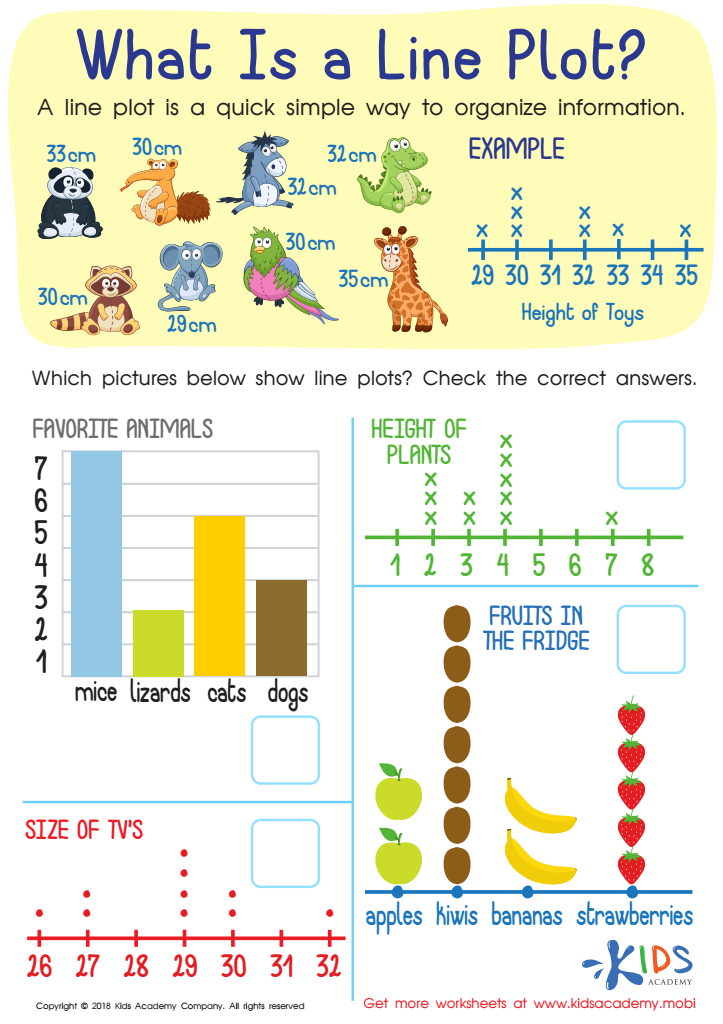

What Is a Line Plot? Worksheet
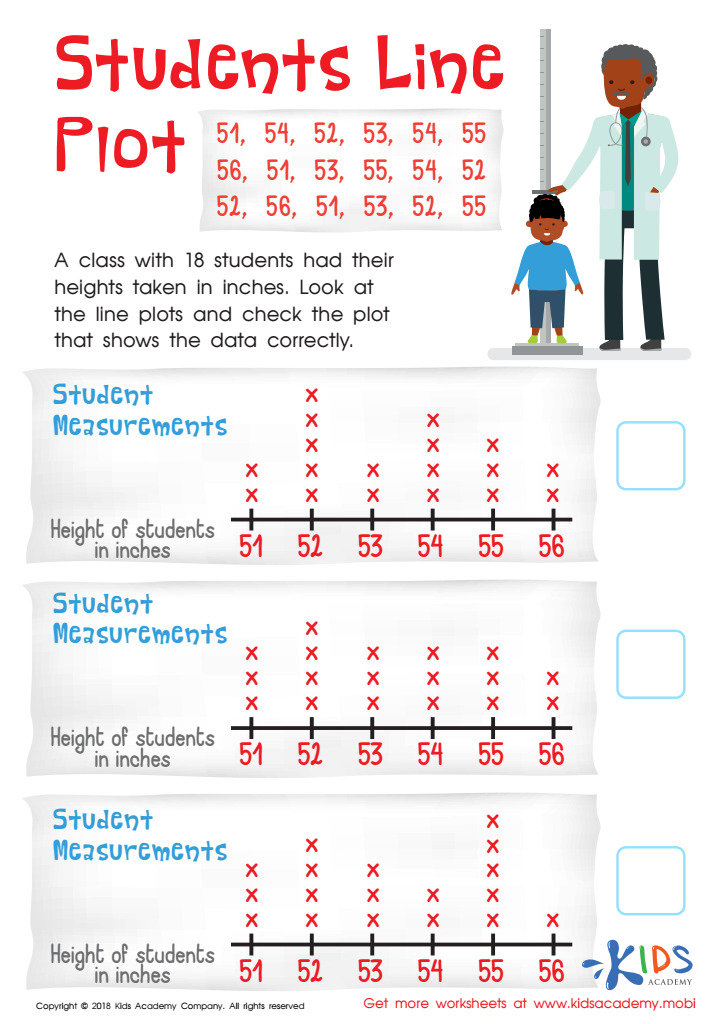

Students Line Plot Worksheet
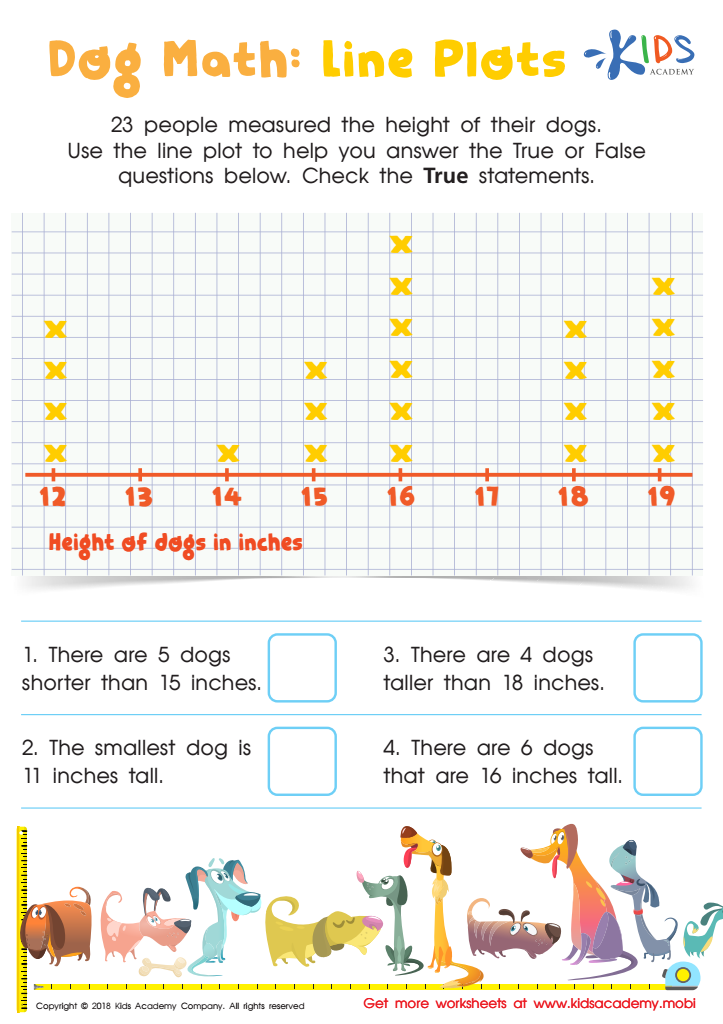

Dog Math: Line Plots Worksheet
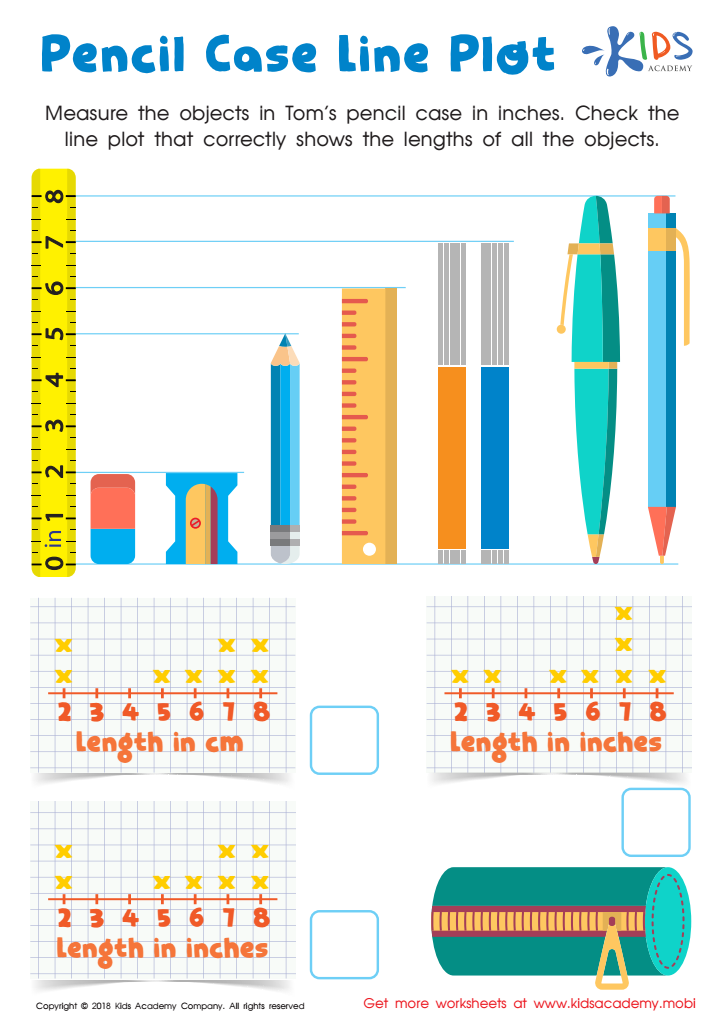

Pencil Case Line Plot Worksheet


Aircraft Line Plot Worksheet


Pencil Math: Line Plots Worksheet
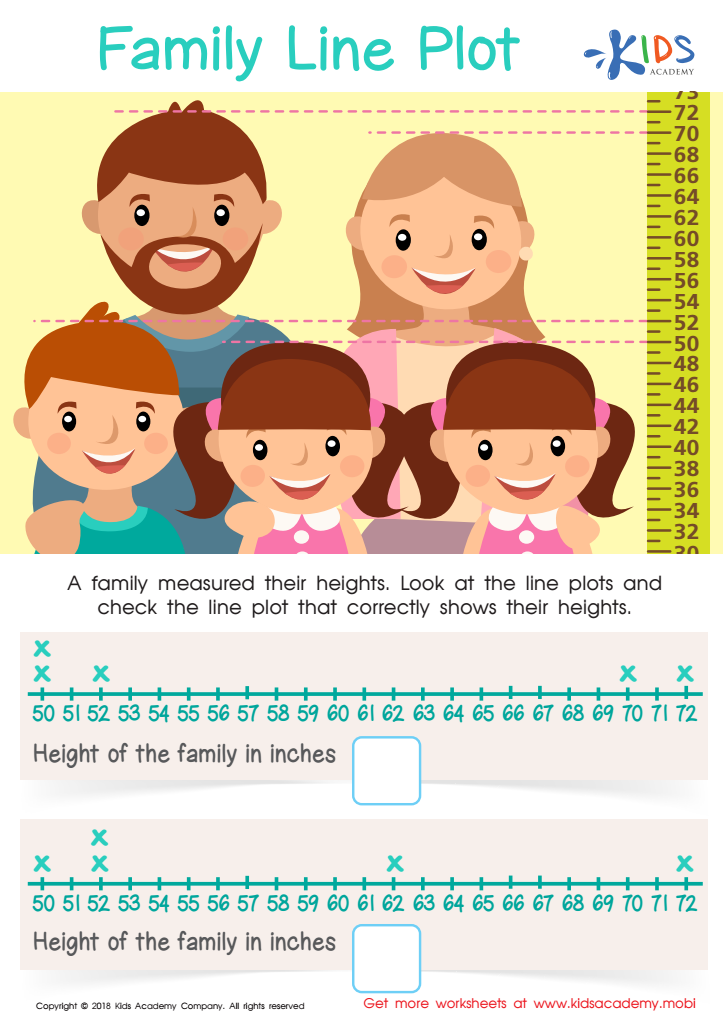

Family Line Plot Worksheet
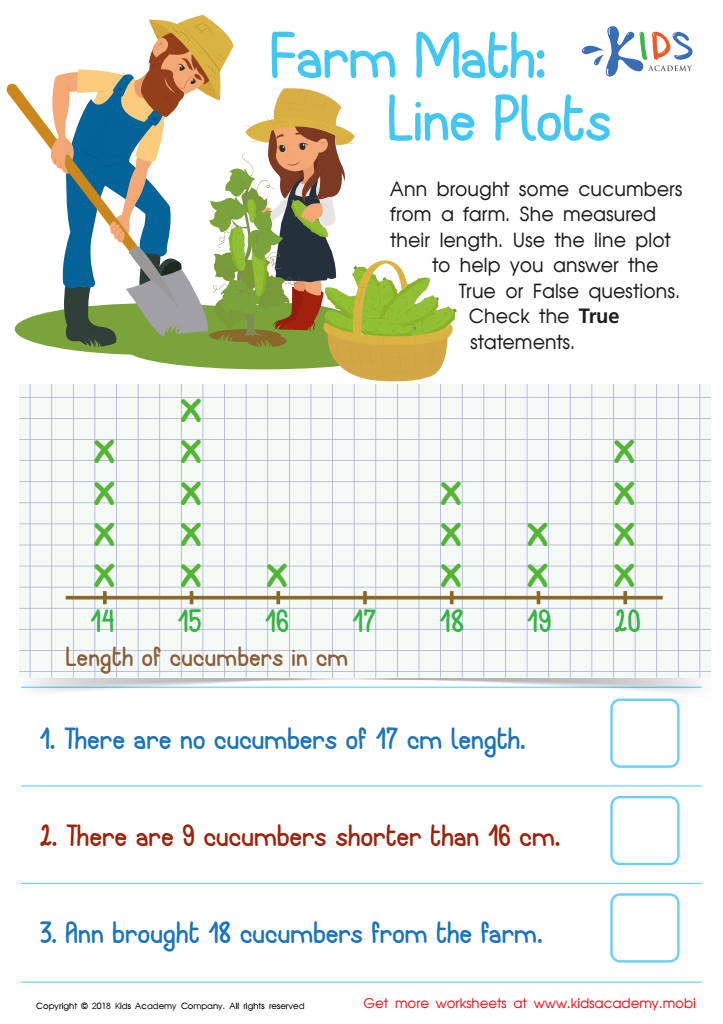

Farm Math: Line Plots Worksheet
Understanding line plots is a foundational skill that significantly benefits children ages 3-7 in their early education. Line plots are a form of visual data representation that helps students grasp the concept of organizing and interpreting information. For teachers and parents, emphasizing this skill fosters critical thinking, enhances mathematical understanding, and paves the way for later studies in data analysis.
Line plots are intuitive and engaging, making them accessible to young learners. They help children categorize and visualize information, improving their ability to compare quantities and understand numerical relationships. By engaging with line plots, kids learn essential skills such as reading scales, identifying trends, and making predictions based on data, which are vital for their academic growth.
Furthermore, incorporating line plots into everyday activities—like tracking their favorite fruits or counting toys—makes learning enjoyable and relevant. Engaging parents in this process not only strengthens home-school connections but also promotes a collaborative approach to education.
In summary, understanding line plots builds a strong mathematical foundation, fosters analytical skills, and enhances children’s ability to communicate information. For both parents and teachers, supporting this learning is an investment in children’s future success in mathematics and beyond.
 Assign to My Students
Assign to My Students






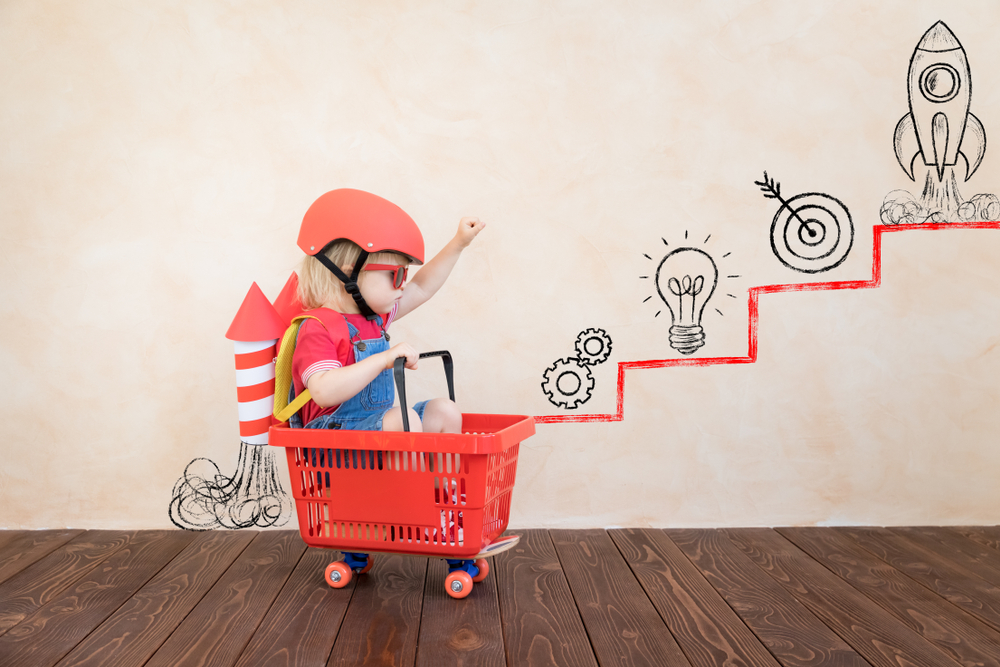
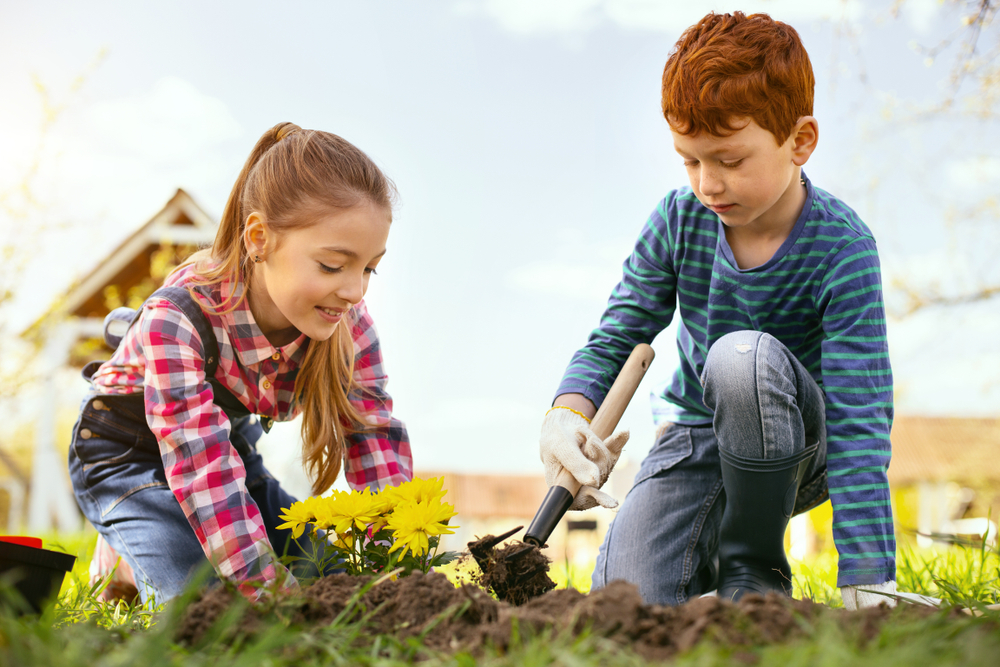

.jpg)











